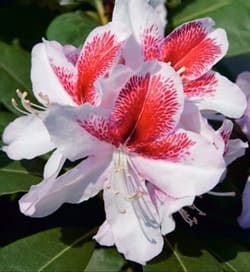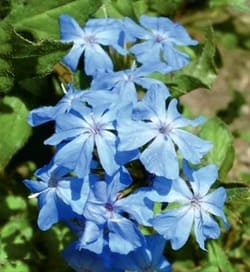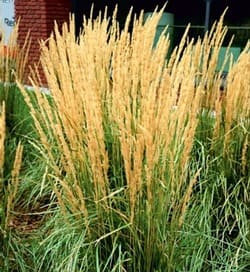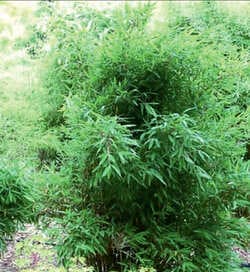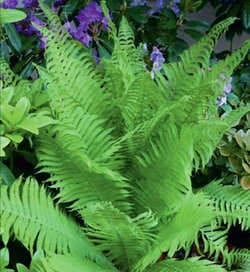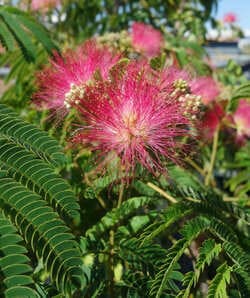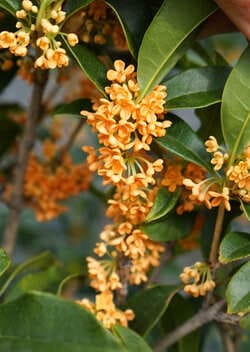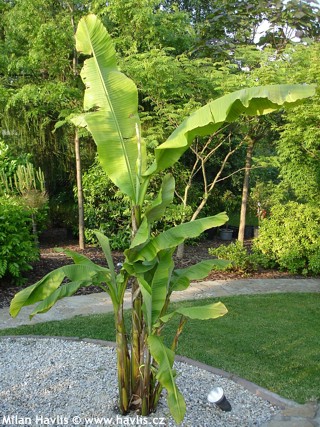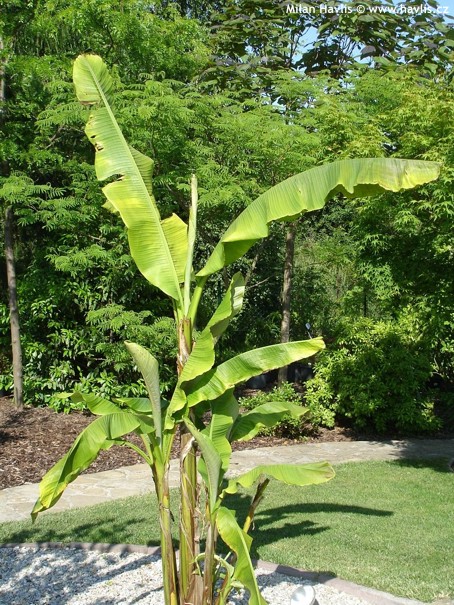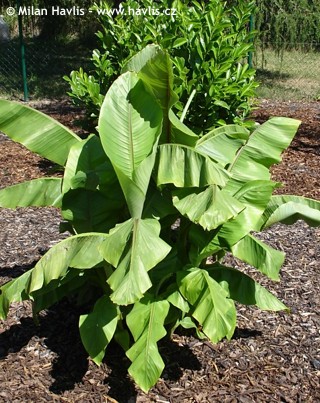Musa basjoo Japanese banana
Japanese banana is a popular perennial that can create a tropical atmosphere even in colder countries of Europe. It forms a false trunk with large, up to 1m long, fresh green, deciduous leaves. The crown looks very much like a palm canopy which is why Japanese banana is loved by gardeners who like a bit of exotic feeling in their gardens.
Musa basjoo is not a difficult plant to grow apart from winter protection. It is quite soil adaptable but prefers rich, constantly moist but well-drained soils that will not remain too damp especially in winter. Extremely permeable, sandy soil is not good either. To support fast growth we recommend regular watering and fertilizing once it starts growing in mid spring. Bark mulch is necessary all year round.
Japanese banana is commonly hardy at the roots down to about -15°C without any sort of protection. All green parts above soil level will die in winter. However, you can extend its hardiness by removing top green parts in dry periods of late autumn and making a pile of dry material (leaves or bark) above its roots, and covering it with a waterproof top. Still, you can preserve the trunk, too, by making a house from polystyrene boards. This way you have a good chance of keeping the stem alive. Either of the above mentioned protection will guarantee hardiness to about -21°C (USDA zone 6b).
Last update 05-07-2010












